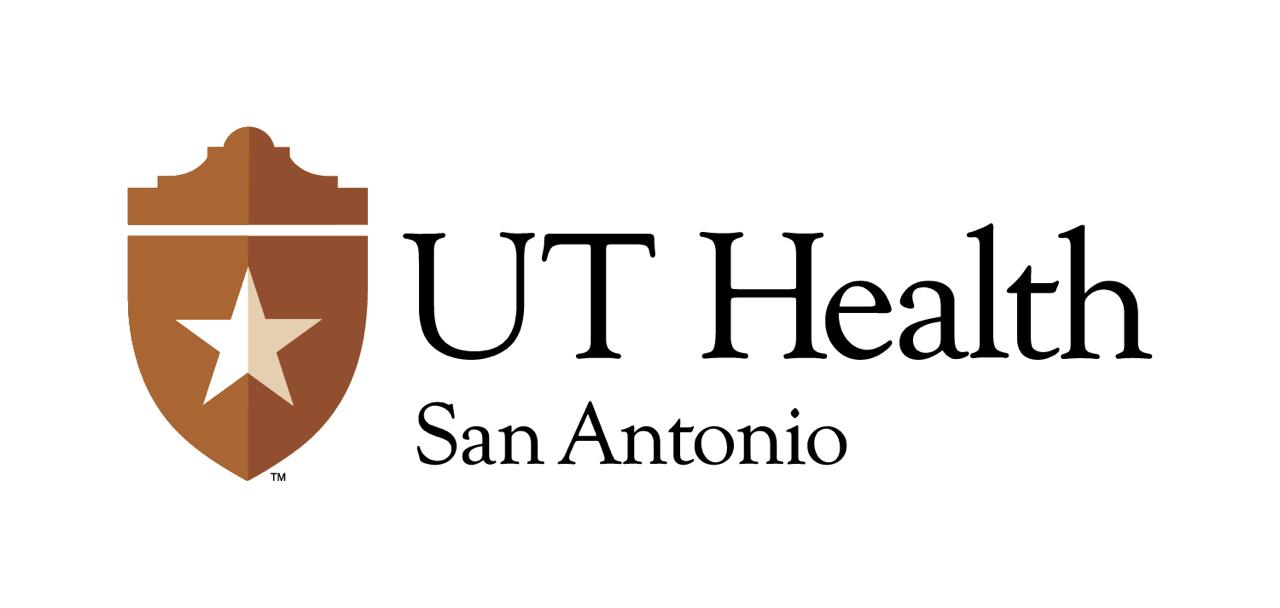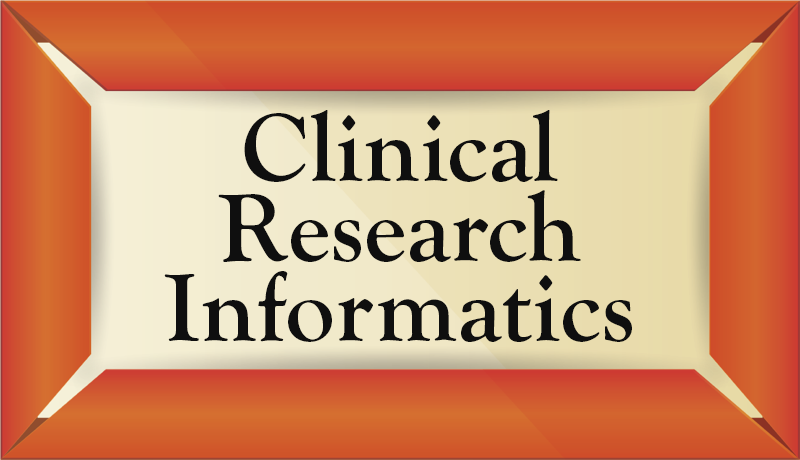



The Clinical Informatics Research Division (CIRD) is a research and academic division dedicated to improving health care by bridging biomedical, statistical, and computational domains. The CIRD curates a de-identified data warehouse that is accessible to researchers through multiple software tools such as i2b2, TriNetX, etc., for data query for study feasibility purposes. Additionally, researchers may request collaboration with the CIRD to obtain individual level or identified data for IRB approved research studies. Our Division participates in various grant funded networks and organizations.

The Clinical Informatics Research Division (CIRD) is a research and academic division dedicated to improving health care by bridging biomedical, statistical, and computational domains. The CIRD curates a de-identified data warehouse that is accessible to researchers through multiple software tools such as i2b2, TriNetX, etc., for data query for study feasibility purposes. Additionally, researchers may request collaboration with the CIRD to obtain individual level or identified data for IRB approved research studies. Our Division participates in various grant funded networks and organizations.
A global research network that allows researchers to explore feasibility for clinical trials using both Sunrise and Epic data for preparatory to research purposes
Allows pharmaceutical companies and CRO's to query our data and contact our institution about clinical trial opportunities based on query results. The CIRD works directly with the Clinical Trials Office to facilitate PI matching for these studies.
UTMed data updated to 4/2018
UHS data added 2005-11/2017
Since its inception, the i2b2 Data Warehouse self-service system has been utilized to run over 2,000 queries by 72 local researchers for preparatory to research purposes. We have received over 180 i2b2 System Access requests from our local researchers, as well as 50 formal requests for projects, which have resulted in 9 studies with IRB approved protocols coming to or near fruition. The PCORI Common Data Model (CDM) contains over 1 million patients from both UHS and UTMed. The CIRD has participated in nine PCORI studies and one Pilot to date, many of which are ongoing.